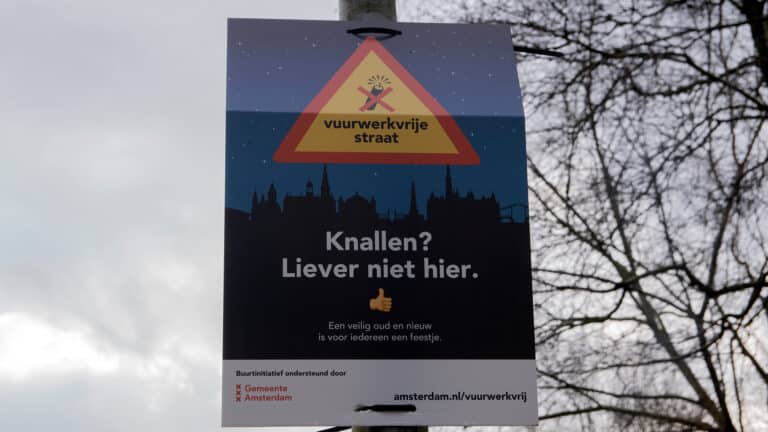
In today’s fast-paced routine, multitasking is often confused with real productivity. People switch from answering emails to jumping on calls, scroll through social media while sitting in meetings, or try to focus on important work with notifications constantly popping up. It can feel efficient in the moment, but the myths about multitasking hide what’s really going on.
Over the last two decades, scientific researches on multitasking have shown that switching between tasks is not a superpower — it’s a productivity trap. Instead of boosting output, multitasking harms concentration, reduces accuracy, and erodes long-term performance. Despite its popularity, scientific researches on multitasking show that multitasking is armful for concentration, precision and performance on long run. This article explores why multitasking is not working, which illusions we have about it and what methods can indeed increase efficiency.
What is multitasking and why do people believe in it?
Multitasking is commonly defined as handling two or more tasks at the same time — or, more often, switching between them in rapid succession. For example, writing a report while listening to a podcast and replying to messages.
Modern culture embracing everlasting busyness make people believe in its supremacy. Multitasking looks like a sign of high energy, modern lifestyle and adaptability. Many still trust the idea that «doing many things at once saves time» or «is a sign of efficiency.» These are classic myths about efficiency and multitasking that psychology and neuroscience have repeatedly disproved.
Five main myths about multitasking
Myth 1: Multitasking saves time.
In reality, task switching reduces efficiency. Each time the brain shifts focus, it needs to reorient — a process that can take seconds or even minutes. Research suggests constant interruptions can waste up to 40% of working time.
Myth 2: Multitasking is a sign of efficiency.
Rather than efficiency, multitasking often creates unfinished tasks and costly mistakes. A study at Stanford University found that heavy media multitaskers performed worse on memory and attention tests, while a separate University of London study revealed that frequent task switching can lower IQ scores temporarily—similar to pulling an all-nighter.
Myth 3: The brain can process several tasks simultaneously.
Neuroscience research shows this isn’t true. Studies in the Journal of Neuroscience find that while some senses work together, our brains make decisions one step at a time. So, when we try to do two hard tasks, one will always get less attention.
Myth 4: Multitasking helps creativity.
Switching tasks now and then can lead to fresh ideas, but real creativity comes from staying focused. When you keep changing what you’re doing, it’s hard to get into the flow where the best ideas happen.
Myth 5: Multitasking is unavoidable in modern work.
It may seem every job demands it, but alternatives exist. Techniques like deep work, time blocking, or the Pomodoro Technique help professionals manage multiple responsibilities without fragmenting attention.
How the brain processes several tasks simultaneously?
Our brains rely on limited working memory and attention. What seems like doing two things at once is actually quick toggling between tasks. This illusion comes with a cost: mental fatigue, reduced precision, and higher error rates. MRI scans confirm that when people attempt to listen and write simultaneously, the brain doesn’t process both streams together — it rapidly alternates between them. That’s why multitasking doesn’t work well and errors add up.
Why multitasking reduces efficiency and increases mistakes
Multitasking slows performance and lowers quality. Each switch forces the brain to reload context, making missed details and calculation errors more likely. Research from Stanford and MIT confirms that frequent multitaskers score worse on memory, problem-solving, and sustained attention compared to those who focus on one task at a time.
How multitasking is related to fatigue and stress
Multitasking also harms mental and physical health. Rapid task switching raises cortisol and adrenaline, stress hormones that keep the brain alert. This accelerates fatigue, reduces decision quality and erodes motivation.
Long-term, the harmfulness of multitasking links to chronic stress, sleep disruption, and reduced emotional balance. A longitudinal study from Utrecht University found that media multitasking among adolescents increased risks of later sleep problems—proof that the effects extend beyond work into overall well-being. Instead of saving time, multitasking drains energy and undermines health.
If multitasking doesn’t work, what does?
Deep Work. Cal Newport is a computer science professor at Georgetown University. He came up with the idea of “deep work.” This is when you set aside time to focus completely on a task, without interruptions. In his 2016 book, “Deep Work: Rules for Focused Success in a Distracted World,” Newport says that concentrating deeply is less common now. Still, it is very valuable in today’s world. He also thinks that deep work helps people do better work and feel more satisfied. People feel this way because they create something meaningful.
The Pomodoro Technique. A time-management method that breaks work into 25-minute focus sessions followed by 5-minute breaks. After four cycles, you take a longer rest. Developed in the late 1980s by Francesco Cirillo, who used a tomato-shaped (pomodoro) timer during university, this technique prevents burnout and combats the urge to multitask.
Time Blocking. Dedicating blocks of time to specific tasks provides clarity, prevents overlap, and protects focus.
Single-tasking with priority lists. Tackling tasks sequentially, starting with the most important, increases efficiency and lowers stress. These methods demonstrate how to work effectively without multitasking while building habits that last.

How to get rid of the habit of multitasking
Changing ingrained habits isn’t easy, but it’s possible with deliberate practice:
- Pay attention. Notice the moments when you jump from one task to another without thinking.
- Cut the noise. Turn off notifications that aren’t essential while you’re working.
- Set priorities. Pick the most important task of the day and finish it first.
- Train focus. Use mindfulness or short meditation to build stronger attention.
- Take small steps. Begin with short single-task sessions and gradually make them longer.
By consciously practicing these methods, the dependency on multitasking decreases, and natural focus strengthens.
The myths about multitasking prevent people from seeing its harmfulness. Neuroscience and scientific researches on multitasking prove again and again that task switching reduces efficiency and fuels stress, fatigue and errors. Instead of glorifying busyness, we should learn how to work effectively without multitasking through deep work, Pomodoro or time blocking. True productivity is not about doing everything at once but about focusing on what matters most.













